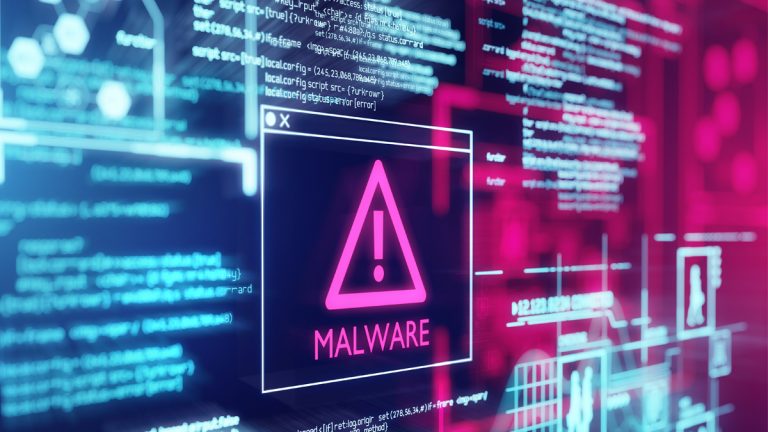Tips to secure your WFH devices

WFH starts at the office
Keep your devices up to date
Choose a strong password
Regularly change your password
No matter how strong your password is, it is still necessary to update it on a regular basis. Your organisation might have this as a part of their protocol, if not a password should be renewed as a minimum every three months. Make sure you follow the guideline of how to choose a strong password when it is time to change.
Use approved software
Have antivirus installed and keep it up to date
You should always have proper antivirus software on your devices. Ideally you should check in with your IT department to make sure you have installed the right programmes. If you do not, then they can install the correct one for you, and in that way make sure your organisations devices is protected.
Switch on your firewalls
When you are on a network, you need to have firewalls to protect your device. Most big operating systems already have firewalls included, but you will need to make sure it is switched on. If you don’t know if you have it or not, always check in with your IT department to make sure all settings are correct and your devices are protected.
Back ups in the Cloud
Don’t share your account
Have a safe Wi-Fi
Are you receiving Phishing emails?
Get Awareness Training
Know what to do in case of a loss
If you have a device stolen or loose it in any other way- make sure you report it to your organisation right away. Then your IT department will be able to take over the device and wipe it down.
Remember the physical assets
For more tips to secure your WFH devices have a look at our cyber security articles:
Final tips to secure your WFH devices
Want to share it with your friends?
